Product was successfully added to quote request.View List
Dissecting Knife
$ 0
Rizbain Surgical Offering High-quality Scalpel Handles, Such as Dissecting Knife, Scalpel Handle Angled 3L, Scalpel Handle No. 3 (#3), Scalpel Handle Standard #4, Scalpel Handle Standard Double Ended, Scalpel Handle Strait 3L, Scalpel Handle with Celebrations No. 03 and Scalpel, Round Handle, 16cm,
Description
Dissecting Knife
A Dissecting Knife is an essential tool widely used in medical, veterinary, and scientific fields for precision cutting, tissue separation, and dissection. Designed with ergonomic handles and sharp blades, it ensures accuracy and control during procedures. This guide delves into the features, applications, benefits, and maintenance of dissecting knives, emphasizing their importance in professional settings.
1. Overview of the Dissecting Knife
Dissecting knives are specialized instruments with sharp, durable blades crafted for surgical and laboratory precision. They are designed to perform meticulous cuts and incisions during dissections or surgeries. These knives are typically made from stainless steel, ensuring durability and resistance to corrosion, with handles designed for maximum comfort and control.
Key Features of Dissecting Knives:
- High-Quality Stainless Steel Blades: Durable, sharp, and resistant to rust and wear.
- Ergonomic Handles: Ensure a firm, comfortable grip during extended use.
- Variety of Blade Shapes: Designed for different tasks, from delicate incisions to robust tissue separation.
- Lightweight Construction: Offers precision without causing fatigue.
2. Applications of Dissecting Knives
Dissecting knives are versatile tools used across multiple disciplines, making them indispensable in various environments:
- Medical Surgeries: Ideal for cutting tissues and making precise incisions during surgical procedures.
- Veterinary Medicine: Used in surgeries and dissections involving animals of various sizes.
- Laboratory Research: Supports accurate tissue separation in biological studies and experiments.
- Educational Dissections: Commonly employed in classrooms for anatomy lessons and dissections.
- Pathology and Autopsy Work: Critical for detailed dissections during autopsies or diagnostic studies.
3. Design Features and Advantages
The dissecting knife’s design is tailored for precision and ease of use. Here’s what sets it apart:
- Sharp, Durable Blades:
- Made from stainless steel to ensure long-lasting sharpness and resistance to wear.
- Ideal for clean, precise cuts in soft and hard tissues alike.
- Ergonomic Handle Design:
- Handles are often textured or contoured for a non-slip grip, improving control and safety.
- Reduces hand strain during prolonged use, essential for surgeries or detailed dissections.
- Variety of Blade Options:
- Available in different shapes and sizes to suit specific dissection needs, from fine cuts to heavy-duty tasks.
- Lightweight and Balanced:
- Ensures the user has maximum control, reducing the chances of accidental damage to specimens or tissues.
4. Benefits of Using Dissecting Knives
Dissecting knives are indispensable for their precision and reliability. Here are the key benefits:
- High Precision:
- Enables clean, accurate cuts essential in surgeries and research.
- Versatility:
- Applicable across various fields, from medical surgeries to classroom dissections.
- Durability:
- Stainless steel construction ensures resistance to rust, wear, and frequent sterilization.
- Ease of Use:
- Ergonomic designs and lightweight construction make them comfortable to handle for extended periods.
- Cost-Effective:
- A long lifespan and multiple uses make them a valuable investment.
5. Care and Maintenance
Proper care of dissecting knives is crucial to ensure their longevity and performance:
- Immediate Cleaning:
- Rinse the blade and handle with water immediately after use to remove biological material.
- Use a soft brush and mild detergent to clean hard-to-reach areas.
- Sterilization:
- Autoclaving is the preferred method for sterilizing stainless steel dissecting knives.
- Ensure the knife is dry before storage to prevent rust.
- Inspection:
- Regularly inspect for signs of wear, dullness, or damage. Replace the blade or knife as needed.
- Safe Storage:
- Store in a clean, dry environment. Use blade covers to prevent accidental cuts during handling.
6. Why Choose a Dissecting Knife?
Professionals choose dissecting knives for their precision, versatility, and reliability:
- Precision Cutting: Ensures clean incisions, essential for surgeries and dissections.
- Adaptability: Works effectively across medical, veterinary, and educational settings.
- Ergonomic Design: Reduces strain during use, improving user comfort and safety.
- Long-Lasting Performance: High-quality materials ensure consistent results over time.
7. Conclusion
The Dissecting Knife is an indispensable tool for professionals in medicine, veterinary care, research, and education. Its durable construction, sharp blades, and ergonomic design ensure precision and reliability in every application. Proper maintenance enhances its lifespan, making it a valuable asset in any professional toolkit. Whether you’re performing a surgery, conducting research, or teaching anatomy, a high-quality dissecting knife ensures accuracy, efficiency, and success.
Reviews (0)
Be the first to review “Dissecting Knife” Cancel reply
Shipping & Delivery


MAECENAS IACULIS
Vestibulum curae torquent diam diam commodo parturient penatibus nunc dui adipiscing convallis bulum parturient suspendisse parturient a.Parturient in parturient scelerisque nibh lectus quam a natoque adipiscing a vestibulum hendrerit et pharetra fames nunc natoque dui.
ADIPISCING CONVALLIS BULUM
- Vestibulum penatibus nunc dui adipiscing convallis bulum parturient suspendisse.
- Abitur parturient praesent lectus quam a natoque adipiscing a vestibulum hendre.
- Diam parturient dictumst parturient scelerisque nibh lectus.
Scelerisque adipiscing bibendum sem vestibulum et in a a a purus lectus faucibus lobortis tincidunt purus lectus nisl class eros.Condimentum a et ullamcorper dictumst mus et tristique elementum nam inceptos hac parturient scelerisque vestibulum amet elit ut volutpat.
Related products
Aufricht Nasal Rasp 21cm Down
$ 0
Rizbain Surgical Offering High-quality Rhinoplasty Instruments, these Instruments also called Nose Job Instruments, such as Aufricht Nasal Rasps, Cottle Nasal Rasps for Rhinoplasty, Guebisch Fomon T.C. Nasal Rasps, Fomon Bone and Nasal Rasps, Joseph Nasal Saw for Nose Job, Cottle T.C. Nasal Rasp. Lewis T.C. Nasal Rasp.
Aufricht Retractor with Fiber Optic Illumination, 20 cm
$ 30
Aufricht Retractor with Fiber Optic Illumination, 20 cm – all the Fiber Optic Retractors are Manufactured with High-Quality Materials with International Standards, all Handles are Gold Plated. you can also buy all kinds of Fiber Optic Retractors, Such as Breast Surgery Retractors, Abdominoplasty Retractors, Rhinoplasty Retractors, and All Instruments Manufactured with High-Quality Materials, WISH SURGICAL Used Material as per International Standards, give Batter Performances During all the Surgeries. These Instruments have the Best stability against corrosion, are more durable, high resistance against disinfection and sterilization. After Manufacturing Process these Instruments are Ultrasonic Cleaned and Move for Gold Plated as per Products Structures!
Barsky Skin Hook – 15cm
$ 0
Brown Needle Holders
$ 0
Features:
- Superior Surgical Graded Stainless steel Instruments Manufactured by Rizbain Surgical
- Best stability against corrosion
- More durable, Best Stability against corrosion, High resistance against disinfection and sterilization, Made with High-Quality Stainless Steel as per International Standards, Ultrasonic Cleaned, Gold Plated as per Products Structure!
- All the Instruments are Re-Usable, Boil Test, Performance Test, Shape Test, and QC Passed,
- Packing: Individually Packed.
Dingman Cartilage Abrader 15cm, Curved Left
$ 0
Rizbain Surgical Offering High-quality Rhinoplasty Instruments, these Instruments also called Nose Job Instruments, such as Aufricht Nasal Rasps, Cottle Nasal Rasps for Rhinoplasty, Guebisch Fomon T.C. Nasal Rasps, Fomon Bone and Nasal Rasps, Joseph Nasal Saw for Nose Job, Cottle T.C. Nasal Rasp. Lewis T.C. Nasal Rasp.
Kirk Mallet, 19.5 cm, Solid head, 900 grams
$ 0
Rizbain Surgical Supplying High-quality Mallets and Cartilage Instruments, such as Cartilage Crusher, 65x30mm, Cottle Cartilage Crusher 65x30x30 mm, Cartilage Cutting Block, Teflon, 85x55x10mm, Colline Mallets, Mallet With Plastic Facing, Mallet, 26 cm, Novotex Plastic, 150 grams, 35mm diameter, Mallet with Fiber Optic Material. Lucae Mallet 260g 25mm Dia 19cm, Kirk Mallet, 19.5 cm, Solid head, 900 grams, Solid Mallets 370g 22.5cm.
Lucae Mallet 260g 25mm Dia 19cm
$ 0
Rizbain Surgical Supplying High-quality Mallets and Cartilage Instruments, such as Cartilage Crusher, 65x30mm, Cottle Cartilage Crusher 65x30x30 mm, Cartilage Cutting Block, Teflon, 85x55x10mm, Colline Mallets, Mallet With Plastic Facing, Mallet, 26 cm, Novotex Plastic, 150 grams, 35mm diameter, Mallet with Fiber Optic Material. Lucae Mallet 260g 25mm Dia 19cm, Kirk Mallet, 19.5 cm, Solid head, 900 grams, Solid Mallets 370g 22.5cm.
Scalpel Handle Standard Double Ended
$ 0

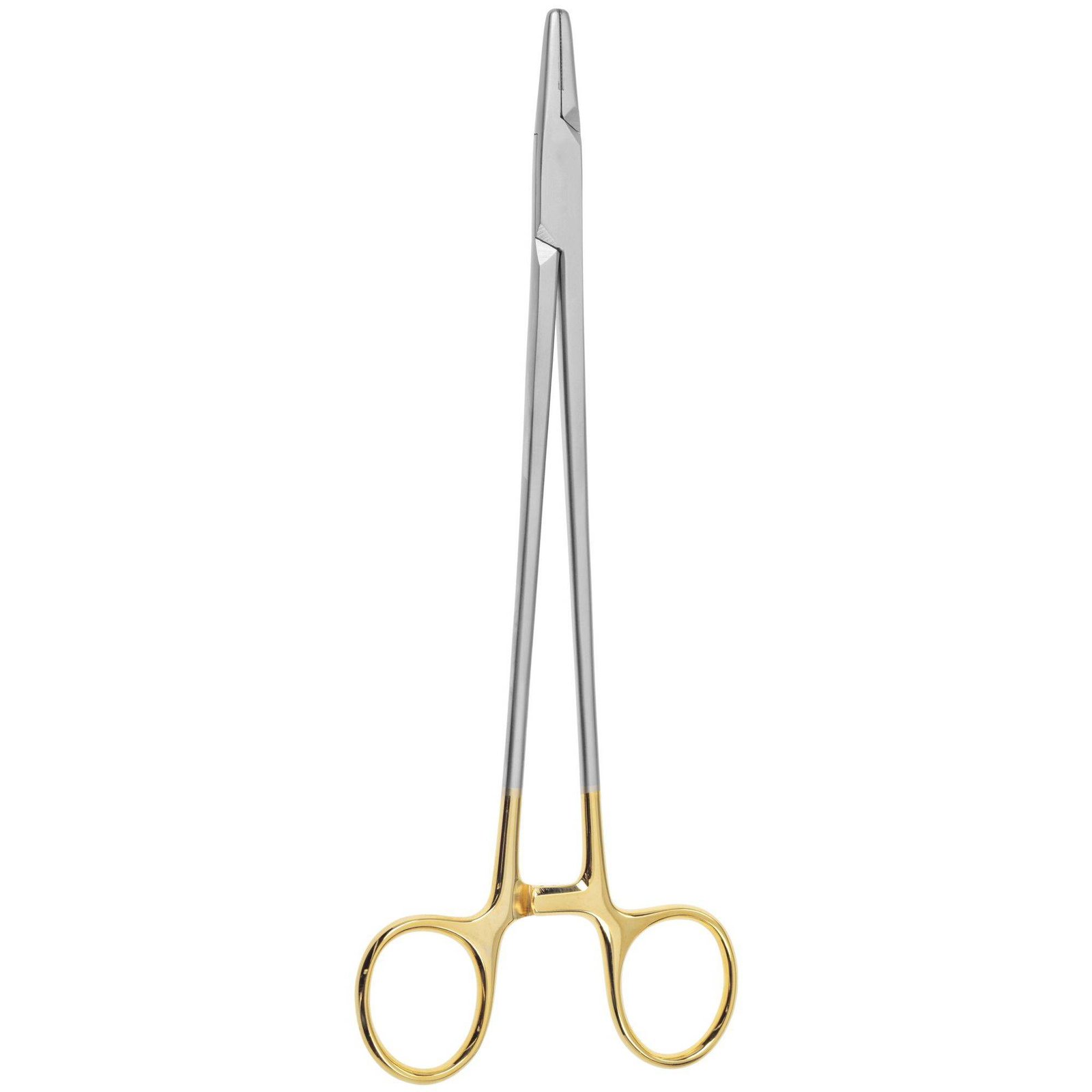
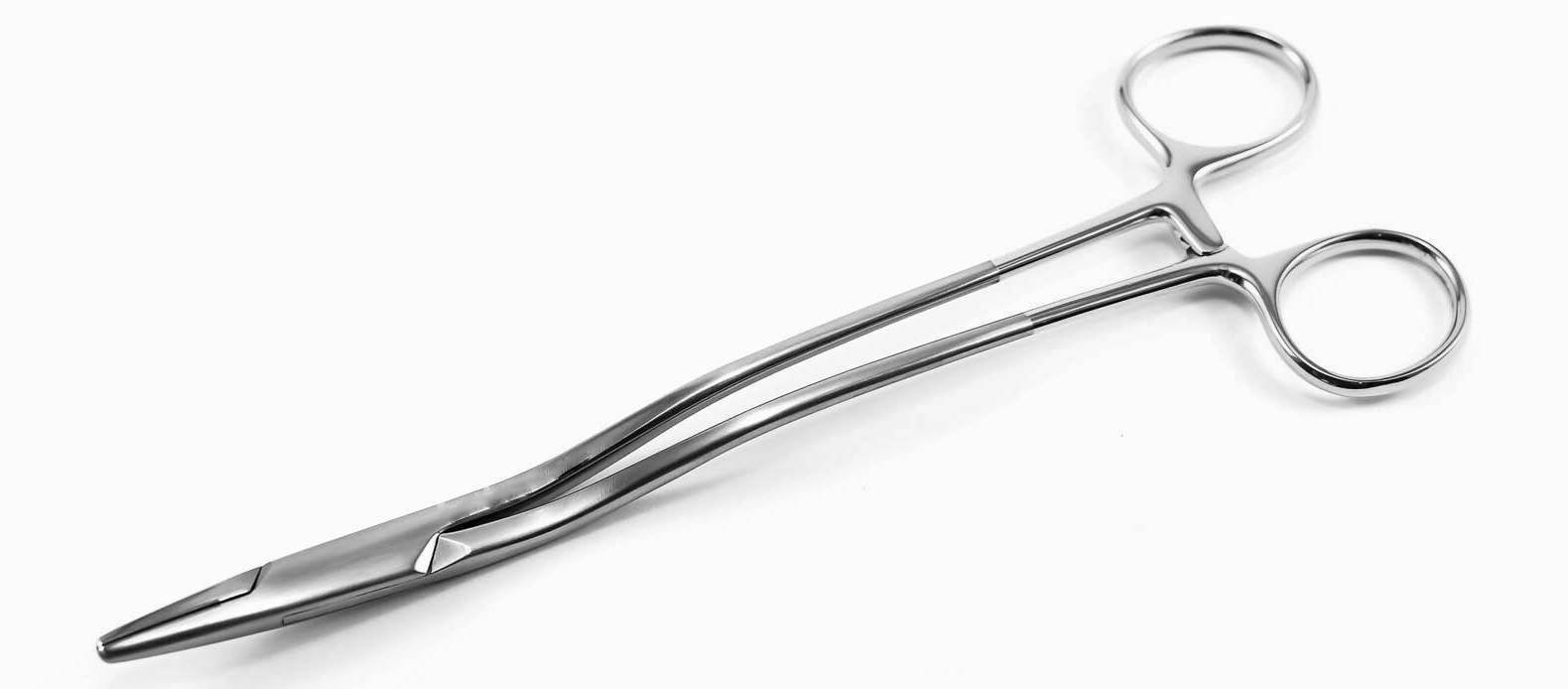
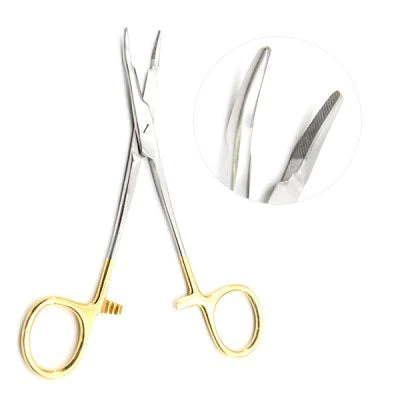


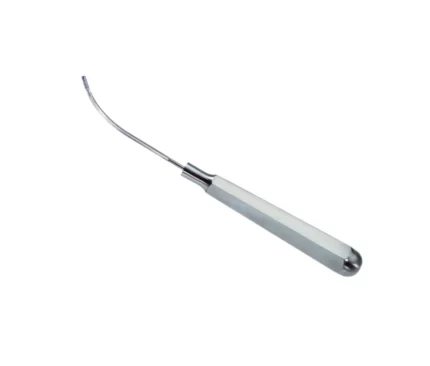






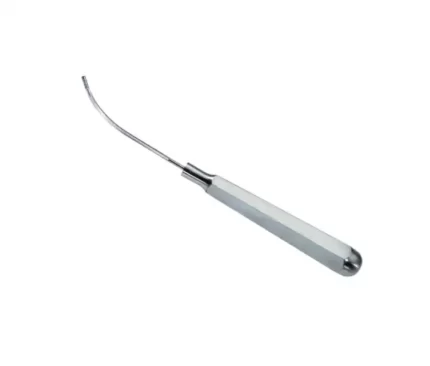




Reviews
There are no reviews yet.